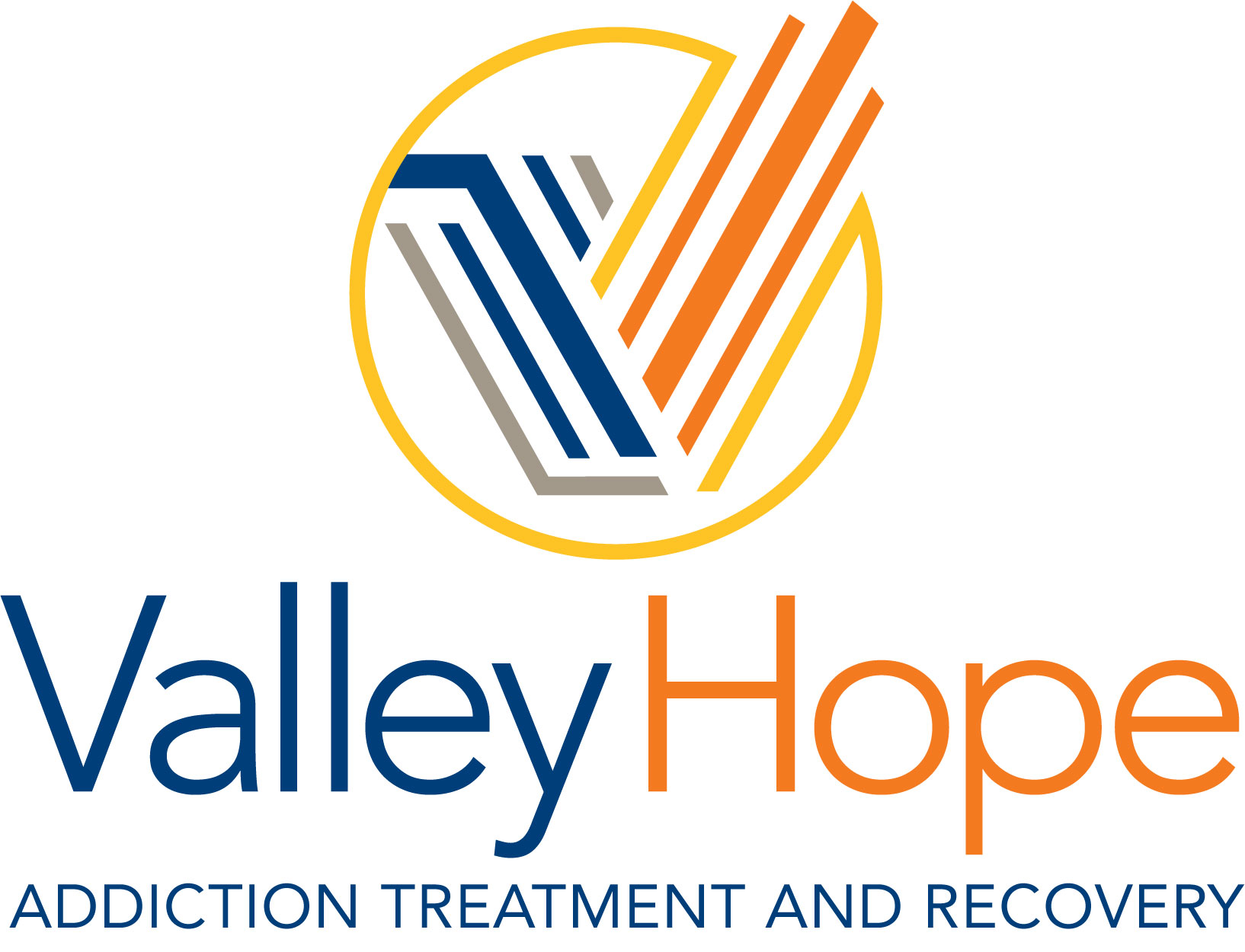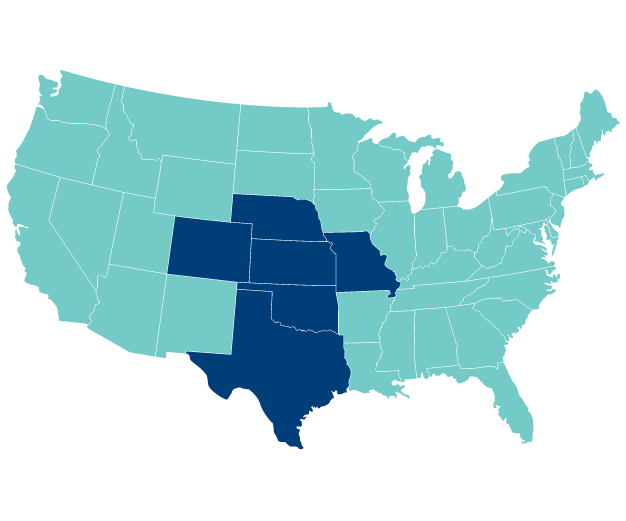Alcohol continues to rank as the most commonly used addictive substance in the United States. In fact, 17.6 million people, or one in every 12 adults, suffer from alcohol abuse or dependence along with several million more who engage in drinking patterns that could lead to alcohol dependence. These alarming numbers continue to increase as people turn to alcohol while coping with the stressors caused by COVID-19.
According to the National Institutes of Health, research shows significant increases in drinking, binge drinking and extreme binge drinking among U.S. adults. Alcoholism is a progressive disease that can advance from heavy drinking to full blown alcohol use disorder over time.
What is Alcohol Awareness Month?
Each April, the National Council for Alcoholism and Drug Dependence (NCADD) promotes Alcohol Awareness Month, a national public health awareness campaign designed to increase awareness and understanding of the causes and treatment of alcoholism.
According to the 2019 National Survey on Drug Use and Health (NSDUH), 25 percent of people ages 18 or older engaged in binge drinking in the past month; six percent engaged in heavy alcohol use in the past month. Alcohol is the third leading cause of preventable death in the United States — close to 95,000 Americans die from alcohol-related causes each year.
Important Facts about Alcohol Abuse
In order to help reduce the rate of alcohol-related deaths, it is vital to understand how dangerous drinking has evolved into a public health crisis in need of immediate understanding and action, including effective treatment of alcohol misuse:
- Alcohol is the most commonly used addictive substance in the United States.
- In 2020, according to a Kaiser Family Foundation study, there was a 30% to 50% national increase in hospitalizations due to alcohol-associated liver disease, most of which is cirrhosis, meaning end-stage liver scarring.
- The Rand Research Corporation found that Americans drank 14 percent more in 2020 — the rate for women rose by 41 percent.
- The American Psychological Association’s Stress in America poll shows one in four adults (23 percent) reported drinking more alcohol to cope with their stress during the COVID-19 pandemic.
- More than half of all adults have a family history of alcoholism or problem drinking, and more than 7 million children live in a household where at least one parent is dependent on or has abused alcohol.
- Excessive alcohol use is responsible for 2.5 million years of potential life lost annually, or an average of about 30 years of potential life lost for each death.
- Up to 40 percent of all U.S. hospital beds (except for those being used by maternity and intensive care patients) are being used to treat health conditions that are related to alcohol consumption.
- Every year in the U.S., roughly 5,000 people under the age of 21 die from an alcohol-related incident including car crashes, homicides, suicides, alcohol poisoning and other related injuries.
- Approximately 17 percent of men and 8 percent of women will be dependent on alcohol in their lifetime.
- Many more people now die from alcohol and drug overdoses each year than are killed in automobile accidents, a stunning revelation.
- Roughly one in seven people in the United States (14.6 percent of the population) are expected to develop a substance use disorder such as alcoholism at some point in their lives.
- People who use alcohol before the age of 15 are four times more likely to develop an alcohol use disorder later in life compared to those who have their first drink at age 20 or older.
- An estimated 88,000 people (approximately 62,000 men and 26,000 women) die from alcohol-related causes annually, making alcohol the third leading preventable cause of death in the United States.
- More than 10 percent of U.S. children live with a parent with alcohol problems.
- Research indicates that alcohol use during the teenage years could interfere with normal adolescent brain development and increase the risk of developing alcoholism. In addition, underage drinking contributes to a range of acute consequences, including injuries, sexual assaults, and even deaths —including those from car crashes.
- Each year, 1,825 college students between the ages of 18 and 24 die from alcohol-related unintentional injuries, including motor-vehicle crashes.
- About 1 in 4 college students report academic consequences from drinking, including missing class, falling behind in class, doing poorly on exams or papers, and receiving lower grades overall.
- In 2016, U.S. sites reported the prevalence of Fetal Alcohol Spectrum Disorders (FASD) to be as high as 20 to 50 cases per 1,000.
- In 2009, alcohol-related liver disease was the primary cause of almost 1 in 3 liver transplants in the United States.
- Drinking alcohol increases the risk of cancers of the mouth, esophagus, pharynx, larynx, liver, and breast.
Find Help for Alcohol Dependency
To learn more about the signs and symptoms of alcohol addiction, talk to a professional trained in diagnosing and treating the disease. At Valley Hope, experts are available to answer questions in complete confidence 24/7.
Unsure if you or someone close to you has a problem with alcohol? The signs are not always as obvious as you might think. How do you know for sure? The medical and counseling staff at Valley Hope can provide a professional diagnosis and, if needed, recommendations for treatment.
If you feel like you need help immediately, the Valley Hope team is available 24/7 at (800) 544-5101. If you or a loved one are ready to stop drinking, visit valleyhope.org and begin your journey to a healthy, happy life in recovery today.
Sources:
National Survey on Drug Use and Health (NSDUH)
The National Institute on Alcohol Abuse and Alcoholism (NIAAA)
National Council on Alcoholism and Drug Dependence (NCADD)
Substance Abuse and Mental Health Services Administration (SAMHSA)










